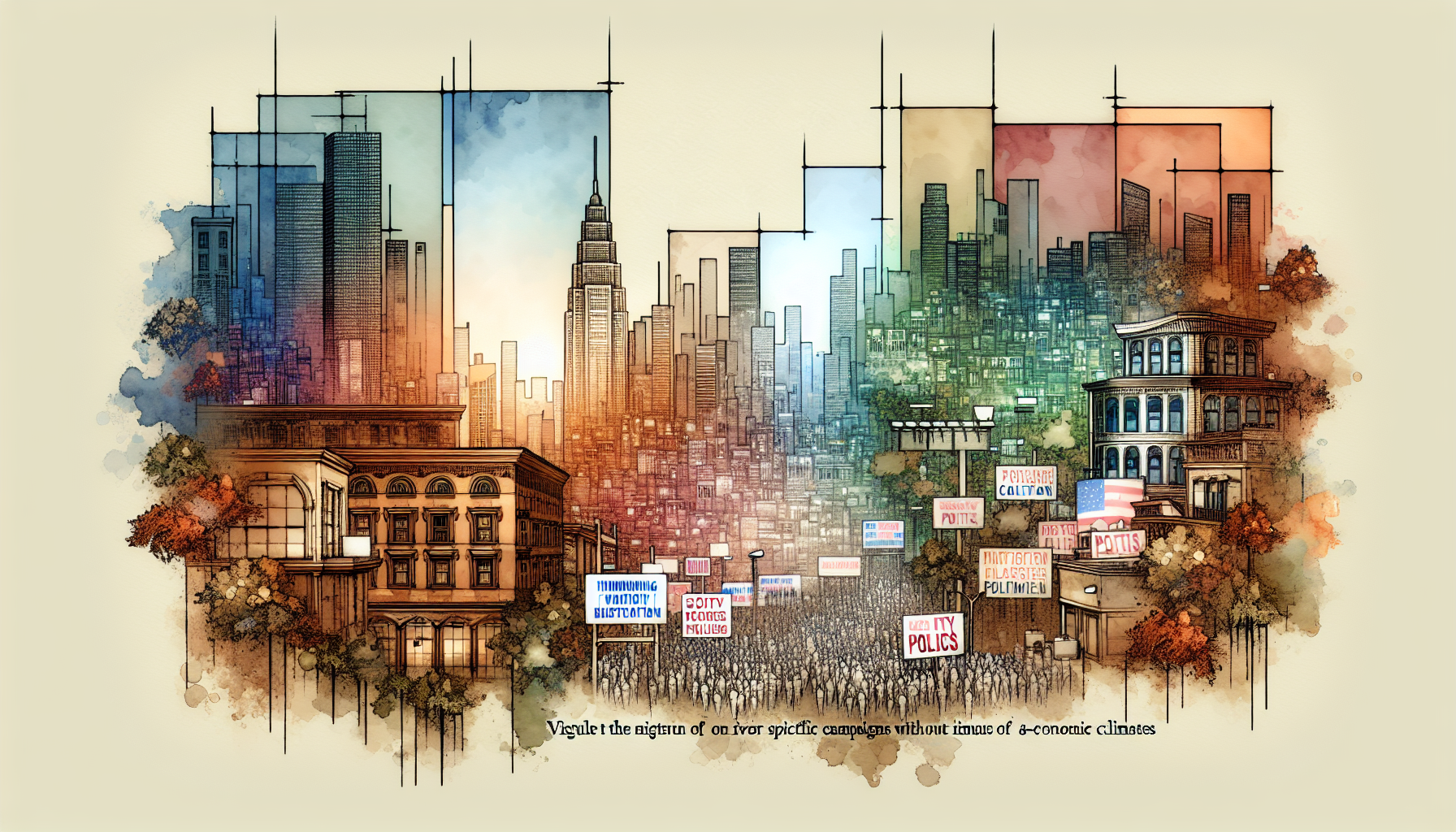Green spaces are quickly becoming a focal point in municipal discussions and debates, as city leaders recognize the value these spaces bring to urban dwellers. They serve as tranquil retreats from the hustle and bustle of city life, providing people with a place to relax, exercise, and engage in recreational activities.
Green spaces promote healthier lifestyles, which is beneficial given the growing health concerns associated with sedentary urban living.
In a social context, green spaces help foster community engagement. They often serve as gathering spots for various community events and outdoor activities, thereby encouraging social interaction among residents. Spaces such as community gardens can also facilitate collaborative efforts, fostering an increased sense of community and mutual respect among city residents.

From an economic standpoint, the presence of green spaces can significantly enhance the value of nearby properties. Research indicates that properties in proximity to parks and green spaces often command higher prices than those devoid of such amenities.
This factor can stimulate local economies and generate higher tax revenues for city coffers.
But perhaps the most compelling argument in favor of green spaces is their environmental benefits. City parks and gardens act as urban lungs, providing oxygen and filtering pollutants from the air. They also serve as habitats for local wildlife, promoting biodiversity within urban areas. Moreover, green spaces play a critical role in stormwater management, helping to reduce the impact of flooding in cities.
Despite these compelling benefits, incorporating green spaces in urban planning is not without challenges. Urban land is a finite and valuable resource, often fetching high prices on the real estate market. Balancing the need for housing, business, and infrastructure with the desire for green spaces is indeed a complex task for city leaders.
One solution that is gaining traction is the concept of green roofs and vertical gardens. These innovative approaches allow cities to capitalize on existing structures to create green spaces, without the need for additional land. Such strategies are not only environmentally friendly but also economically feasible, making them an appealing option for many cities.
Moreover, there’s a growing call for public participation in urban planning. City leaders are realizing the importance of involving residents in decision-making processes, especially when it comes to green spaces. After all, these spaces are intended for public use, and hence, it’s only logical that public opinion should factor in their planning and maintenance.
The trend towards green urban planning is a testament to the evolving nature of city politics. As scientific understanding of our environment deepens, so too must our approach to urban development. By weaving green spaces into the urban fabric, cities can become healthier, more vibrant places to live.
In this era, city leaders are increasingly understanding the power of green spaces in urban planning. They are not just a luxury, but a necessity for the economic, social, and environmental wellbeing of our cities. While challenges persist, innovative solutions and public participation can pave the way for greener, more sustainable urban landscapes.